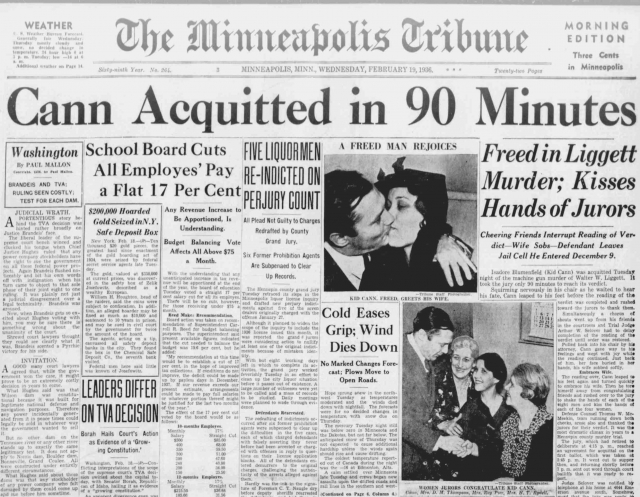News Articles - Questions
News Articles - Questions
Blog Article
7 Simple Techniques For News Articles
Table of ContentsSome Ideas on News Articles You Need To KnowNews Articles Things To Know Before You Get ThisNews Articles - TruthsNews Articles Can Be Fun For AnyoneNews Articles Can Be Fun For Everyone
Good expertise of various topics gives trainees a competitive side over their peers. Although electronic and social media sites are easily obtainable, we should not forget how crucial it is to check out the papers. Moms and dads need to attempt and inculcate the practice of reading a paper as a day-to-day routine to continue the heritage of the revered print tool.News stories additionally contain at the very least one of the adhering to essential features loved one to the intended target market: closeness, prestige, timeliness, human passion, peculiarity, or consequence.
Within these limits, news tales likewise intend to be detailed. However, various other aspects are involved, some stylistic and some originated from the media form. Amongst the bigger and more reputable newspapers, justness and equilibrium is a major element in presenting details. Commentary is usually constrained to a different section, though each paper might have a different total slant.
Newspapers with a worldwide audience, for example, often tend to make use of an extra formal design of writing. News Articles.; common style overviews include the and the United States News Design Book.
Some Known Details About News Articles
As a regulation, journalists will certainly not make use of a long word when a short one will certainly do. News writers try to prevent using the same word a lot more than once in a paragraph (in some cases called an "resemble" or "word mirror").
Nonetheless, headlines often omit the subject (e.g., "Leaps From Watercraft, Catches in Wheel") or verb (e.g., "Cat female fortunate"). A subhead (additionally subhed, sub-headline, subheading, subtitle, deck or dek) can be either a subservient title under the primary heading, or the heading of a subsection of the article. It is a heading that precedes the major text, or a group of paragraphs of the major text.

Extra billboards of any of these kinds may show up later in the article (particularly on subsequent web pages) to lure further reading. Such billboards are also utilized as pointers to the write-up in other areas of the magazine or website, or as advertisements for the piece in other magazine or websites. Typical framework with title, lead paragraph (recap in bold), various other paragraphs (information) and contact details.

Instance of a hard-lead paragraph NASA is recommending another room job. The budget demands roughly $10 billion for the job.
An "off-lead" is the second most essential front web page news of the day. To "hide the lead" is to start the article with background info or information of additional relevance to the viewers, forcing them to review even more deeply into an article than they must have to in order to uncover the essential points.
News Articles for Beginners
Usual usage is that or more sentences each develop their very own paragraph. Reporters typically explain the company or structure of a newspaper article as an upside down pyramid. The essential and most fascinating elements of a story are placed at the start, with supporting details adhering to in order of diminishing value.
It permits individuals to check out a topic to only the deepness that their inquisitiveness takes them, and without the charge of details or subtleties that they can think about pointless, but still making that details offered to much more interested readers. The upside down pyramid structure additionally enables write-ups to be trimmed to any approximate size during layout, to fit in the room readily available.
Some authors begin their tales with the "1-2-3 lead", yet there are many kinds of lead offered. This layout inevitably starts with a "Five Ws" opening paragraph (as have a peek here described above), followed by an indirect quote that offers to support a significant aspect of the very first paragraph, and after that a straight quote to sustain the indirect quote. [] A twist can refer to several points: The last story in the news broadcast; a "pleased" tale to end the show.
Longer articles, such as publication cover write-ups and the pieces that lead the inside areas of a newspaper, are known as. Feature tales vary from straight news in a number of ways.
News Articles - The Facts
An attribute's first paragraphs typically associate an interesting moment or event, as in an "unscientific lead". From the particulars of an individual or episode, its view promptly broadens to generalizations regarding the story's topic.

The Editor's Tool kit: A Recommendation Overview for Beginners and Professionals (2001) Allan M. Siegal and William G. Connolly. The New York Times Guidebook of Style and Usage: The Official Style Overview Utilized by the Writers and Editors of the World's Many Authoritative Paper (2002) M. L. Stein, Susan Paterno, and R.
Report this page